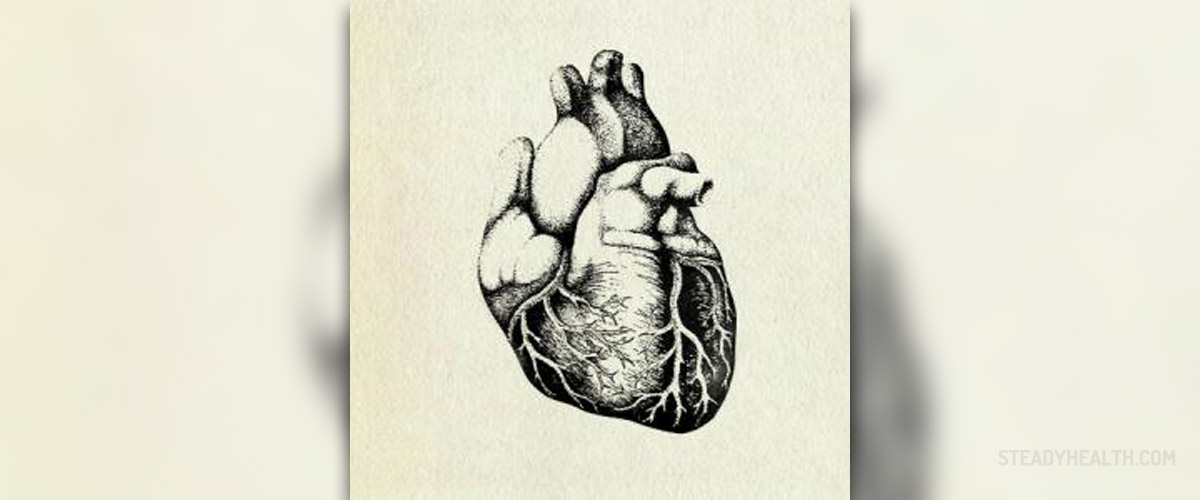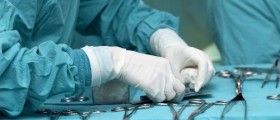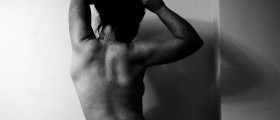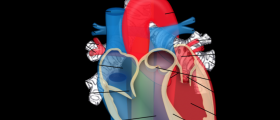
Aortic valve usually consists of three leaflets. They are called non-coronary, left and rightleaflet. There are cases with only two leaflets and that is named bicuspidaortic valve. In order to detect this condition, doctors use Doppler andcross-sectional echocardiography. This condition is just slightly moreaffecting the male population, and can be associated with cardiovascularproblems. Such problems include aortic coarctation and dilatation. Problems such asaortic regurgitation usually happen in isolation, but sometimes they can occur alongwith infective endocarditis, aortic coarctation and dilatation, aortic stenosis(which usually affects newborn and adult males), infective endocarditis andaortic dissection (which are the result of the weak aortic wall). Because ofthis, patients with the bicuspid aortic valve need to be monitored frequently.The number of the leaflets is altered by merging. The usual three leafletsresult in one leaflet and two leaflets connected together, making only oneleaflet. Some of the conditions which produce this disease are retinoic acidembryopathy, Turner's syndrome and certain congenital heart conditions, likeaorta coarctation.
There are cases ofisolated bicuspid aortic valve but there are no firm findings on the cause ofthis problem. There have been no pathognomic clinical findings, but somestudies suggest that aortic ejection click and systolic murmur may also bepresent. Some specialist state that the development of arterial tree can bedetected by aortic dilatation and coarctation. This condition is hard to detect,because of the fact that the younger population is affected. A study showed that 0.5 % ofchildren younger than 10, are suffering from this condition. From that number, 75%were males. Some studies state that familial cases are present, but the numberof those cases is insignificantly low, so it is not very important thesis toconsider. As we have stated, complications are a huge danger for the peoplesuffering from bicuspid aortic valve. One study showed that even one third of thepatients would eventually develop some serious consequences and complications.Because of this, the closest relatives of the patients will also have to betested. If the treatment of the aortic root dilatation or aortic valvestenosis has been performed, the recovery will need constant checkups with thedoctor. We have stated a few common complications which can occur after thebicuspid aortic valve, but the exact complications possible are yet to be discovered.Specialists are not sure of which diseases the list of possible complicationsis constructed.

















Your thoughts on this
Loading...